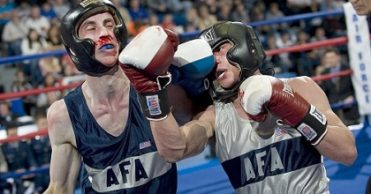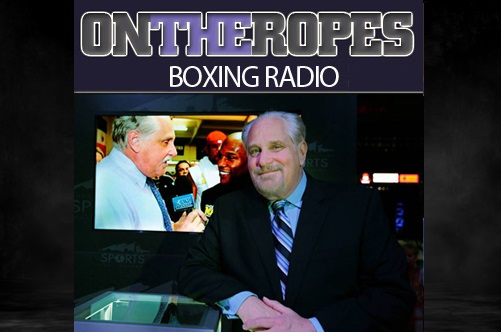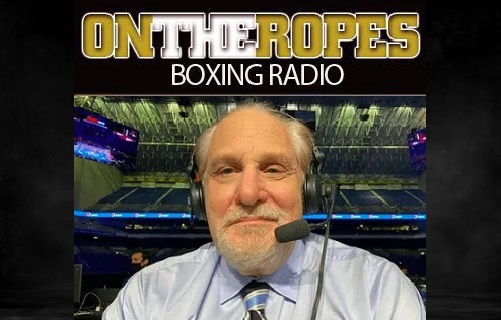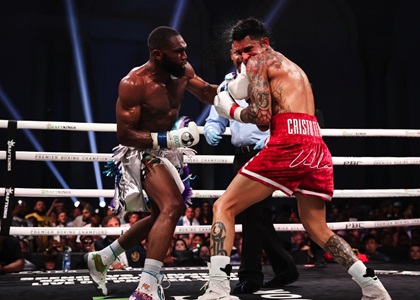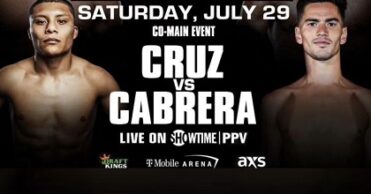Many famous boxers we know of today, started their careers with Olympic boxing. Oscar De La Hoya, Sugar Ray Leonard and Muhammad Ali, all competed in the Olympics before they went on to become household names in the professional boxing world. People new to the sport may not know that there’s plenty of difference in how professional boxing and Olympic (amateur) boxing bouts are conducted. The length of the fights, applicable rules, the boxers and the hype surrounding the game are all different in both the disciplines. For instance, there’s plenty of hype already around the upcoming Mayweather v McGregor professional bout which brings together two different disciplines- boxing and MMA. Punters everywhere are already staying on top of the latest news and are already looking for the best Mayweather v McGregor betting odds, to make the most of this fight so if you are into any kind of boxing or fighting, I suggest you check them out!
Let’s go over some of the major differences between amateur and professional boxing.
Size of the boxing rings
There’s no particular standard boxing ring size in case of professional boxing. So it means that one day you could be throwing punches in an ultra-small ring, the next you could have all the room to move around. On the other hand, when it comes to amateur boxing, ring sizes are more or less standardized. They need to be anywhere from 16 ft.² to 20 ft.² in size. Although professional boxing rings are created as per the same standards as amateur ones, sometimes you may find them smaller or bigger as well.
Number of rounds
Professional bouts are comparatively longer than the amateur ones. While the duration of each round is same in both the formats, professional fights normally have anywhere from 4 to 12 rounds in total. In case of Olympic boxing, you’ll always see 3 boxing rounds of 3 minutes each for male fights, and 4 boxing rounds of 2 minutes each for female fights.

Skill-levels
Unlike pro fighters, amateur boxers hardly make any money. When you’re playing for your country, whatever money you take home mostly gets invested back into training, which in turn leads to the development of your boxing skills. Basically, it can be said that professional and amateur boxing are two completely different sports.
Gear
Another glaring difference between both these boxing formats is the type of gear worn by the fighters. While in amateur boxing you’ll see players wearing a mouth-guard, boxing gloves and a protective headgear, in professional boxing, the protective headgear is done away with. Although the exclusion of protective headgear exposes the boxers to serious injuries, it also makes the sport more exciting for the spectators.
Scoring
There’s a major difference in how amateur and professional boxing fights are scored. In amateur boxing, there are 5 judges who score the blows using an electronic counter. In the end, it’s the player who lands the maximum number of legal punches who wins the match. Hence, a boxer may win the fight despite having lost more number of rounds, by simply dominating one single round. But there are very strict rules regarding what constitutes an acceptable/legal blow.
On the other hand, things are very different in professional boxing. There are only 3 judges, who use a 10-point system for determining the winner of every boxing round. The player with the maximum number of points, in the end, is declared the winner.

